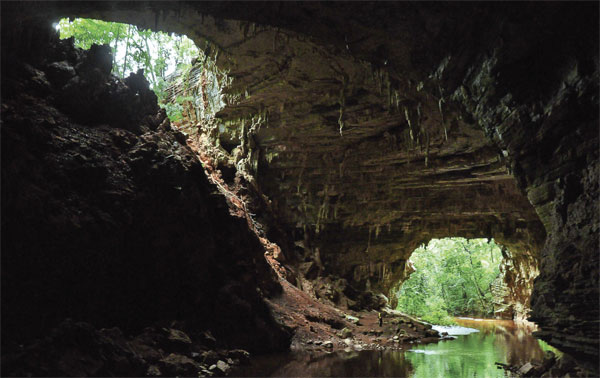Best practice in karst mining
The high biodiversity and ecological sensitivity of karst areas presents additional challenges in terms of sustainable mining practices to cement producers as they mine for the limestone required by their production process. In a partnership with key domestic environmental conservationists, Brazil’s Votorantim Cimentos has published a guide on best practices in limestone mining in these highly-vulnerable environments. By Patricia Montenegro, Votorantim Cimentos, Brazil.

The karst environment is an area of high biodiversity that benefits from a sensitive approach to limestone mining
[Copyright: Alan Calux]
The karst environment provides provides the main raw material used in the manufacture of cement (limestone). Carbonate rocks found within the karst formations are also used as raw materials for a number of other purposes in a variety of industrial sectors. These include the manufacture of lime, the production of gravel for the construction sector and the production of correctives for soil acidity in agriculture. Limestones and other types of carbonate rocks are some of the mineral resources that are most consumed globally, after crushed rock and coal, and ahead of other important mineral resources such as iron ore. There are thousands of limestone mines globally, ranging from small artisanal activities to those which supply the large cement plants.

